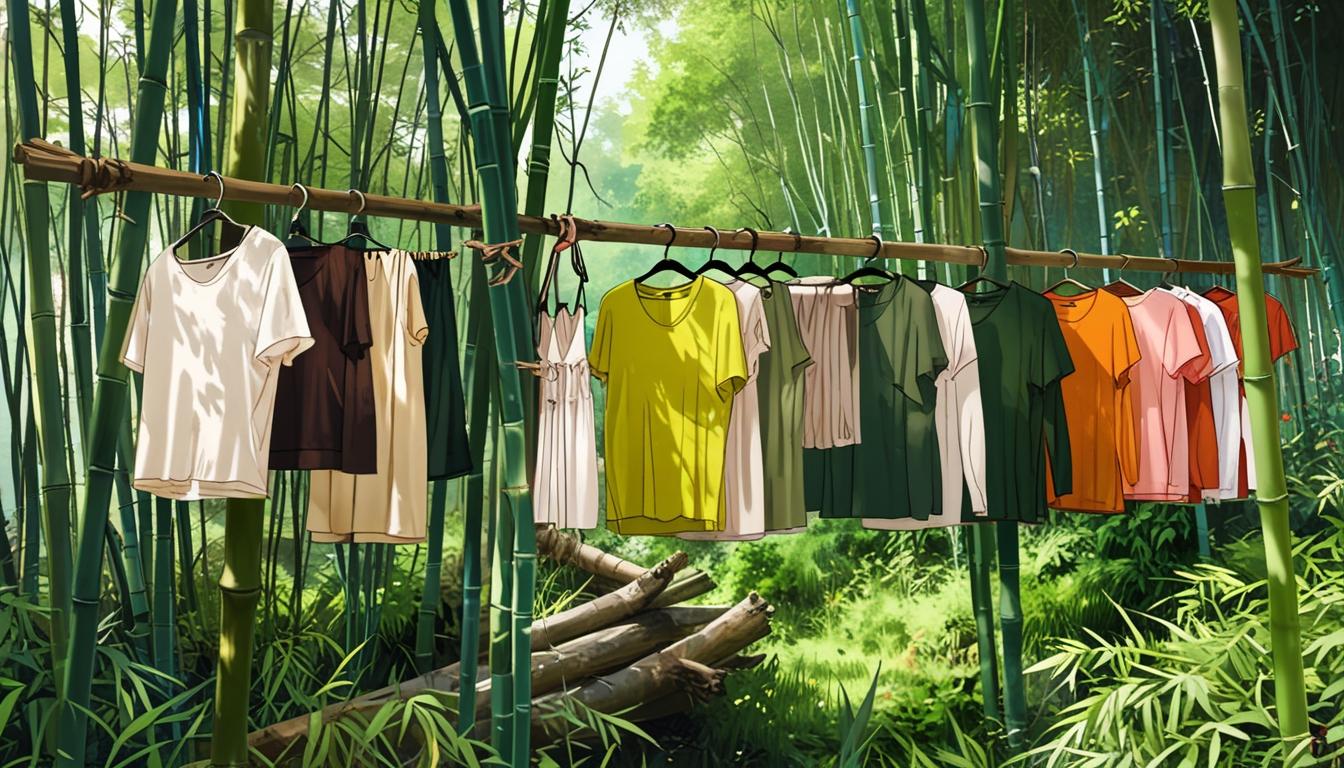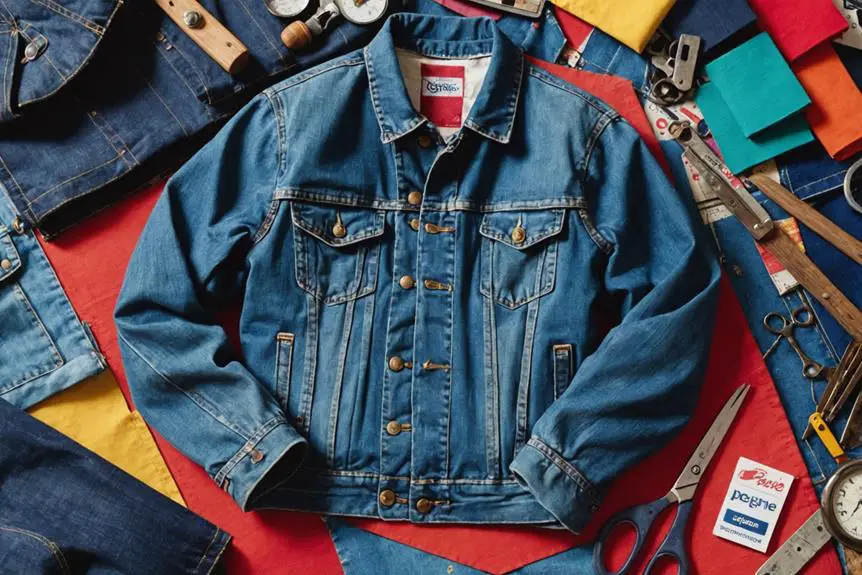The bamboo apparel market is projected to grow significantly, driven by increasing consumer demand for sustainable and eco-friendly fashion options, with a market valuation expected to reach around USD 4.03 billion by 2032.
The global bamboo apparel market is poised for significant growth, driven by a rising consumer inclination towards sustainable and environmentally-friendly fashion options. Reports indicate that the market was valued at approximately USD 2.25 billion in 2022 and is anticipated to nearly double, reaching around USD 4.03 billion by 2032, reflecting a Compound Annual Growth Rate (CAGR) of 6.0% during this period.
Sustainability has emerged as a major consideration for consumers, particularly within the fashion industry, over the past decade. Bamboo, with its status as a renewable and eco-friendly material, is gaining traction as an alternative to traditional textiles. The fabric derived from bamboo is known for its softness, breathability, and high absorbency, making it suitable for clothing. Its rapid growth—taking just three to five years to reach maturity—positions it as a more eco-conscious option compared to cotton, which typically requires significantly more water and land.
Additionally, bamboo fabrics possess natural moisture-wicking and anti-bacterial properties, further supporting their adoption in the apparel sector. As awareness of environmental issues continues to expand, an increasing number of consumers are choosing bamboo clothing because it is biodegradable and involves less water and chemicals in its production compared to conventional fabrics.
In recent years, advancements in technology related to bamboo fabric production have yielded ultra-soft, durable, and breathable materials that are now utilized across various clothing categories, from activewear to sleepwear. Innovations have particularly revolved around mechanical processing methods that minimize the reliance on harsh chemicals, enhancing bamboo’s appeal to brands focused on sustainability. These technological enhancements are projected to accelerate market growth over the forthcoming decade.
In terms of geographic distribution, the bamboo apparel market is seeing varied levels of adoption across different regions:
-
North America is experiencing strong demand for sustainable fashion, led by eco-conscious consumers and advancements in bamboo fabric technology, with the U.S. and Canada at the forefront of embracing bamboo apparel.
-
In the Asia Pacific region, which is the center of bamboo production, China and India dominate the supply side. Additionally, there is growing demand in Japan, South Korea, and Australia, contributing to market expansion.
-
Europe is marked by high consumer awareness and stringent sustainability regulations in key countries like Germany, the U.K., and France, driving the uptake of bamboo apparel.
-
In Latin America, increased awareness of eco-friendly options is particularly noted in Brazil and Mexico, although the bamboo apparel market remains in its developmental stage.
-
The Middle East and Africa region represents a niche market with emerging demands for sustainable products, especially in countries such as the UAE and South Africa.
Despite its growth potential, the bamboo apparel market faces several challenges. Limited consumer awareness regarding the environmental benefits of bamboo fabric can impede its broader adoption, underscoring the need for education on this topic. Moreover, the production costs associated with bamboo fabric can be higher than those of traditional textiles, presenting competitive hurdles for smaller brands. Concerns regarding the quality and durability of some bamboo fabrics may deter repeat purchases, while the misconception surrounding the sustainability of all bamboo fabrics—due to the use of harsh chemicals in processing bamboo rayon—can negatively impact its eco-friendly perception. Furthermore, the market grapples with sourcing challenges related to securing consistent, high-quality bamboo supplies, which can lead to production disruptions and price volatility.
Key players in the bamboo apparel sector include China Bambro Textile Co., Ltd., Bamboo Textile Co., Advantage Fibres, and Boody Bamboo Clothing, among others. The market is segmented by various factors, including type, fabric composition, consumer orientation, distribution channels, and regional dynamics.
Future Market Insights (FMI), a well-regarded market intelligence provider, continues to monitor the landscape of this burgeoning market, recognizing the implications of consumer trends and technological advancements that could shape the future of bamboo apparel.
Source: Noah Wire Services




